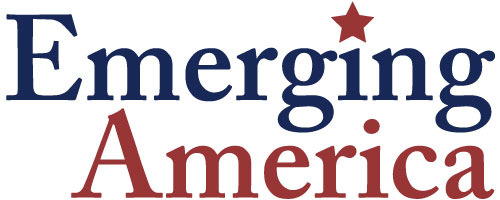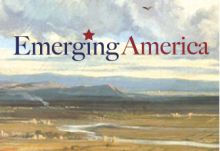Mind the Gap
Students gain knowledge and skills in civics and history when schools provide effective instruction and when students have opportunities to express their voice and to engage in activities like service-learning. Yet American education is falling far short–in elementary grades in particular–and especially for students with disabilities.




